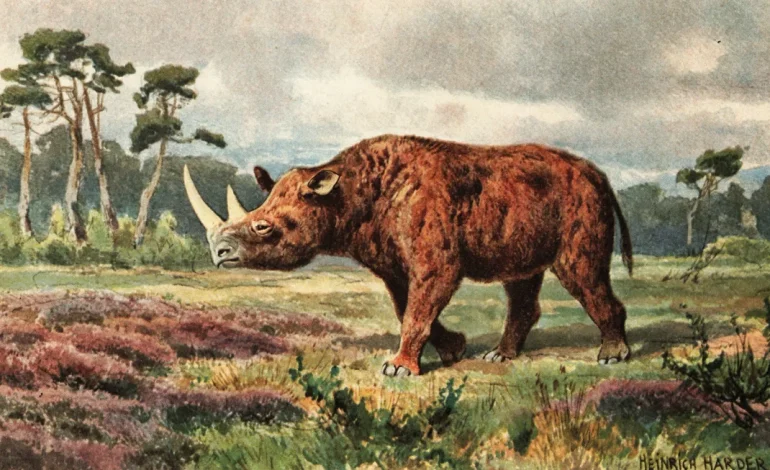Woolly Rhino Mummy Reveals Secrets of Ice Age Life

Russian scientists have unearthed a remarkably well-preserved woolly rhino in the Siberian permafrost, offering a glimpse into the life of this extinct species, CNN reports.
The animal, estimated to have died at just four years old, was found in August 2020 on the banks of the Tirekhtyakh River and has now been analyzed in detail.
The study, published in the journal Doklady Earth Sciences, revealed details about the woolly rhino’s physical features and life cycle. Among the most notable findings was the presence of a large fatty hump on the rhino’s back, a common feature in Arctic animals that helps them store energy for winter.
“This hump is quite significant,” said Dr. Love Dalén, a leading researcher on the project. “It acted as a built-in energy reserve, allowing the rhino to survive harsh conditions and convert food into heat without shivering.”
The researchers also discovered that the woolly rhino’s fur changed color as it aged. Young individuals had light, even blonde hair, which later became darker and coarser as they matured. This discovery was made by comparing the newly found specimen with other woolly rhino remains of different ages.
The 32,000-year-old mummy, frozen in the permafrost, had its skin and fur intact. However, the left side of the animal showed signs of predator attack, with missing organs and damage to the body. Despite this, the well-preserved right side provided scientists with invaluable insights into the rhino’s biology.
This discovery is particularly important for future research, according to Dr. Dalén.
“We can conduct specific genetic tests on tissue rather than just bones, which opens up a whole new avenue of scientific exploration,” he explained.
The discovery also outlines the rich paleontological treasures hidden within the Siberian permafrost. The region has yielded numerous well-preserved prehistoric specimens, including mammoths, cave lions, and now, the woolly rhino.








